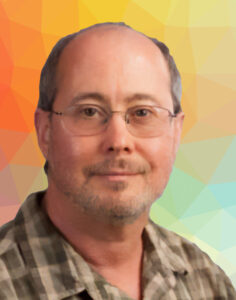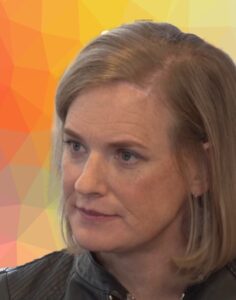Occupation
Chinese American Physicist
Birth/Death Dates
May 31, 1912 – February 16, 1997
Summary
Dr. Chien-Shiung Wu played an essential role in the development of atomic physics. In 1944, she joined the Manhattan Project, a code name for research in atomic bombs during World War II. She is believed to be the only Chinese person who worked on the Manhattan Project. There, she contributed to advancing existing technology used for uranium enrichment and radiation detection.
During the Manhattan Project, she worked at Columbia University, helping develop the process for separating uranium metal into U-235 and U-238 isotopes by gaseous diffusion. This process was replicated at a grand scale at the K-25 Plant in Oak Ridge. She also developed improved Geiger counters for measuring nuclear radiation levels.
Educational Background
- Bachelor’s degree in physics, the National Central University in Nanking, China (now known as Nanjing University), 1934
- Ph.D. in physics, the University of California, Berkeley, 1940
Struggles this Innovator Overcame
In 1956, Wu was approached by theoretical physicists Tsung Dao Lee and Chen Ning Yang, who knew about her expertise in beta decay. They asked her to devise an experiment to prove their theory that the law of conservation of parity did not hold true during beta decay. The findings from her experiments resulted in Lee and Yang receiving the 1957 Nobel Prize in Physics for their theory, but Wu’s work was not acknowledged. Wu’s role in the discovery was not publicly honored until 1978 when she was awarded the inaugural Wolf Prize.
Problems this Innovator Solved
Theoretical physicists Lee and Yang asked Wu to devise an experiment to prove their theory that the law of conservation of parity did not hold true during beta decay. The law of parity states that all objects and their mirror images behave the same way, but with the left hand and right hand reversed. Wu’s experiments, which utilized radioactive cobalt at near absolute zero temperatures, proved that identical nuclear particles do not always act alike. The physics community did not expect this result.
How this inventor changed the world (or at least their corner of it)
Often referred to as the “First Lady of Physics,” Wu made countless contributions to science during her lifetime, earning her numerous awards and honors.
Lasting changes from this inventor’s work or how they trailblazed
Wu was the first woman to serve as president of the American Physical Society. Her awards and honors included the National Medal of Science, the Comstock Prize, and the first honorary doctorate awarded to a woman at Princeton University. She also won the Wolf Prize in Physics in 1978. Her book, Beta Decay, published in 1965, is still a standard reference for nuclear physicists. Aware of the gender discrimination in her field, Wu advocated for women to pursue careers in science.
https://en.wikipedia.org/wiki/Chien-Shiung_Wu
https://ahf.nuclearmuseum.org/ahf/profile/chien-shiung-wu/






